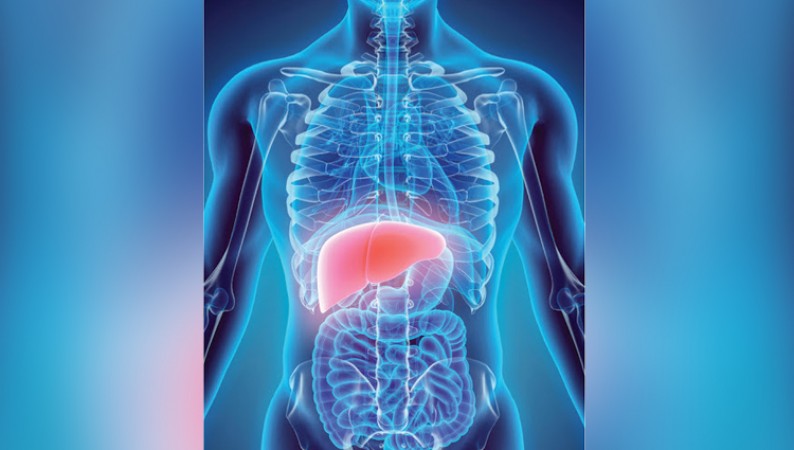
Introduction
The liver, the largest internal organ in the human body, is a remarkable organ with extraordinary regenerative abilities. Despite its size and complex functions, the liver has the astonishing capacity to regenerate itself, even after removing a significant portion. In this article, we will explore the fascinating world of the liver, its structure, functions, and the remarkable regenerative process it undergoes.
1. Anatomy of the Liver
The liver is located in the upper right side of the abdomen, beneath the diaphragm. It is divided into two main lobes and further subdivided into smaller lobes known as lobules. The liver receives blood supply from two sources: the hepatic artery, which provides oxygenated blood, and the portal vein, which brings nutrient-rich blood from the digestive system.
2. Functions of the Liver
The liver is involved in numerous essential functions that contribute to our overall well-being. Some of its key functions include:
Detoxification: The liver plays a vital role in detoxifying harmful substances, such as drugs, alcohol, and metabolic waste products.
Metabolism: It is responsible for the metabolism of carbohydrates, proteins, and fats, as well as the synthesis of cholesterol and bile acids.
Storage: The liver stores essential nutrients, vitamins, and minerals, including glycogen, vitamin A, vitamin D, vitamin B12, and iron.
Production: It produces bile, a substance necessary for the digestion and absorption of fats in the small intestine.
Immunity: The liver is involved in immune responses, producing proteins that help fight infections and remove bacteria from the bloodstream.
3. The Regenerative Power of the Liver
One of the liver's most remarkable attributes is its ability to regenerate. If a portion of the liver is removed due to injury or surgical intervention, the remaining liver cells can regenerate and restore the organ to its original size and functionality.
4. Liver Regeneration Process
Liver regeneration is a complex and highly orchestrated process involving various cell types and signaling pathways. When liver tissue is damaged, specialized cells called hepatocytes start proliferating and replacing the lost cells. The regenerative process is mediated by a network of growth factors, cytokines, and transcription factors that stimulate cell division and promote tissue repair.
5. Factors Affecting Liver Regeneration
Several factors can influence the regenerative capacity of the liver. Age, overall health, underlying liver conditions, and the extent of tissue damage can all impact the regenerative process. Additionally, the presence of certain diseases or excessive alcohol consumption may impair liver regeneration.
6. Liver Transplantation: A Last Resort
In some cases, when liver damage is severe and irreversible, a liver transplantation may be necessary. Liver transplantation involves replacing the damaged liver with a healthy liver from a donor. Although transplantation is a life-saving procedure, it is not a solution available to everyone due to the scarcity of donor organs.
7. Maintaining Liver Health
To promote liver health and maximize its regenerative potential, it is crucial to adopt a healthy lifestyle. Some essential tips for maintaining a healthy liver include:
Limiting alcohol consumption
Avoiding exposure to toxins and chemicals
Eating a balanced diet rich in fruits, vegetables, and whole grains
Staying physically active and maintaining a healthy weight
Getting vaccinated against hepatitis viruses
8. Common Liver Disorders
The liver is susceptible to various diseases and disorders, including hepatitis, fatty liver disease, cirrhosis, and liver cancer. These conditions can significantly impair liver function and, in some cases, lead to irreversible damage. Regular medical check-ups and early detection are essential for prompt intervention and improved outcomes.
9. Diet and Lifestyle for a Healthy Liver
A well-balanced diet and a healthy lifestyle can go a long way in supporting liver health. Incorporating foods such as leafy greens, citrus fruits, fatty fish, and nuts can provide essential nutrients and antioxidants that promote liver function. Additionally, avoiding excessive alcohol consumption, maintaining a healthy weight, and engaging in regular exercise can help protect the liver from damage.
Conclusion
The liver's regenerative power is truly awe-inspiring. It is a testament to the body's incredible ability to heal and restore itself. Understanding the liver's anatomy, functions, and regenerative process can help us appreciate and take better care of this vital organ. By adopting a healthy lifestyle and being mindful of potential risks, we can support our liver's health and ensure its optimal function for years to come.
Challenges of Digital Habits on Children
The Black Death: A Catastrophic Pandemic of the 14th Century
Unveiling the Potential Side Effects of 5G Technology: Health Concerns and Environmental Impact